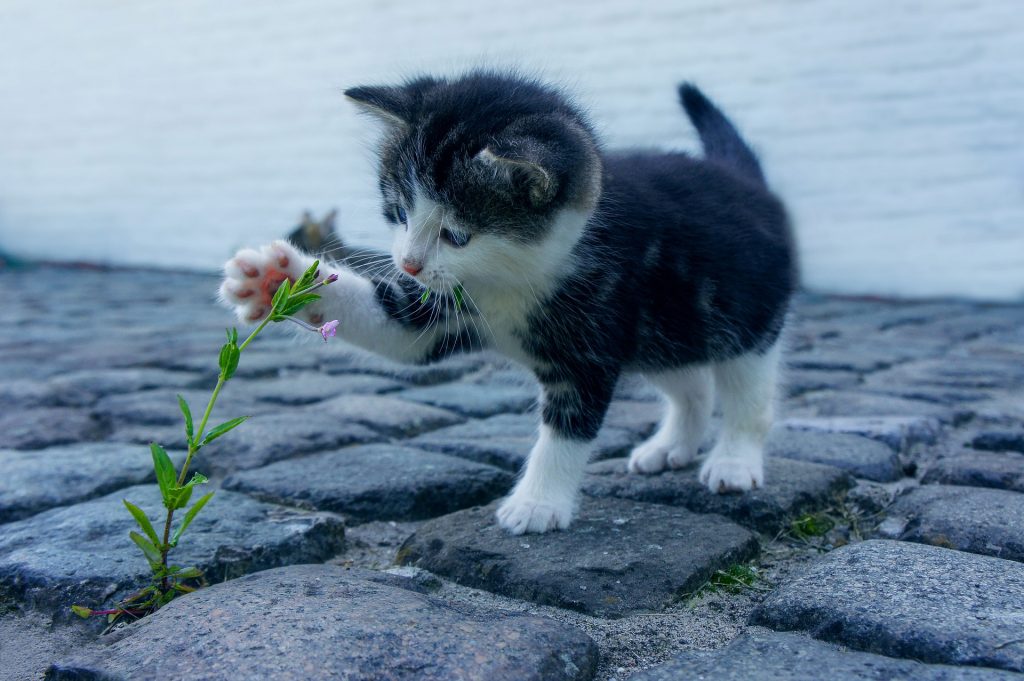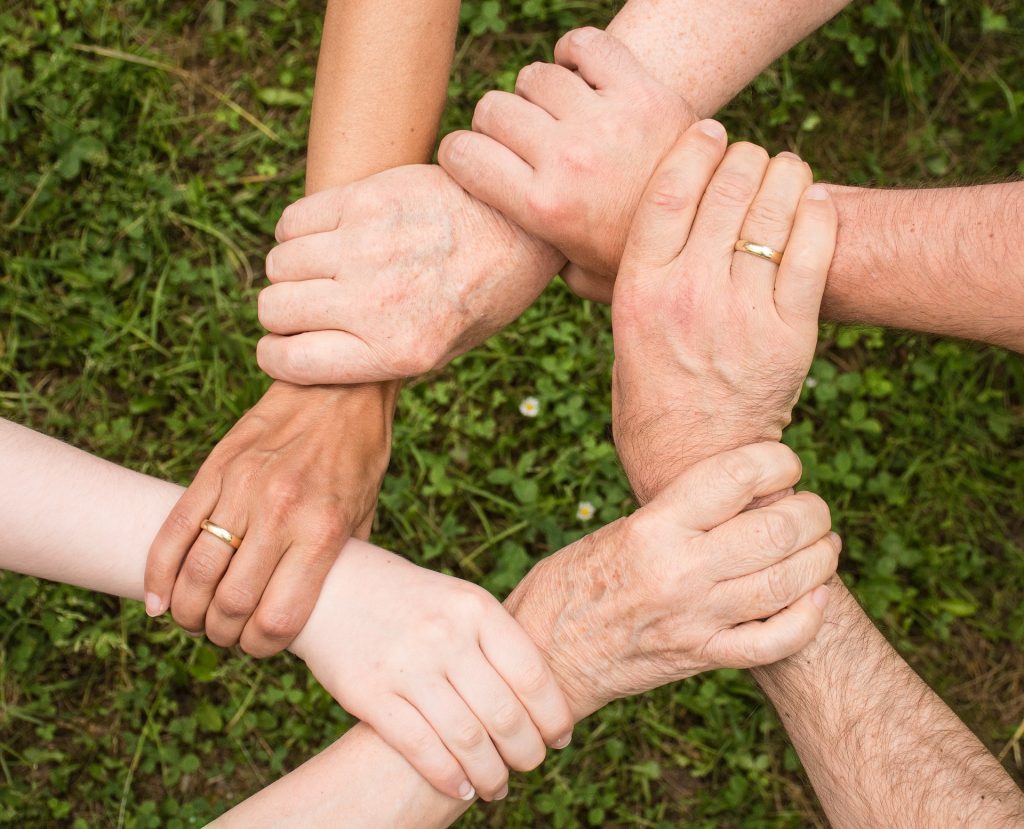
“Gregor the Dragon” encourages children to be aware of the harm caused by their own violence, to use their power carefully, to accept themselves as lovable, to discover their talents, to win back former friends and to find new ones.
Gregor the dragon huffed and puffed away to himself, feeling sad and angry. He had been looking for someone to play with all day long, but no one wanted to play with him. He had asked the fox whether he would like to play, but the fox had replied, “No way! You’ll only burn our skin and hair again with your fiery breath.” The badger, the hare and the bear had said the same when he had asked them. And yet he had not meant to burn their fur – it had just happened. At least most of the time. As Gregor the dragon sat there and brooded, a tear rolled down his cheek and fell with a small plop to the ground. The owl Laila, who – like all owls – had excellent hearing and was very wise, was sitting high up in the tree. “What kind of a plop was that?” she asked herself. “It sounded like the noise a dragon’s tear would make.” And she peered out to see, since it’s not every day that you see a dragon crying. “Why are you crying, dragon?” she asked. “None of the animals want to play with me. They say it’s because I burned their fur. But I didn’t mean to,” answered Gregor. “What should I do?” Laila scratched her head. “You want to do them good instead of doing them harm, but it will take a long time until they believe that. It will take the whole day and perhaps even the whole night, and maybe even longer until they can trust you again. Why don’t you start with me?” said the owl, flying down and landing on Gregor’s shoulder. “Tell me some stories about dragons!” And so Gregor began to tell the owl stories about dragons, and there were so many exciting stories that it took a very long time for him to tell them all… The forest creatures heard him in the distance, and their curiosity forced them to come a little closer and then yet closer still in order to catch every word of the dragon’s enthralling stories. The dragon’s voice grew quieter and calmer, and the other creatures came even closer. Night fell, and the temperature with it. The owl nuzzled into the dragon’s neck, which was lovely and warm thanks to the dragon fire smouldering within. Many hours went by, and when the sun came up next morning, it bathed in its rays a group of animals huddled closely around the dragon, enjoying the warmth which he radiated. And Gregor was still telling dragon stories









